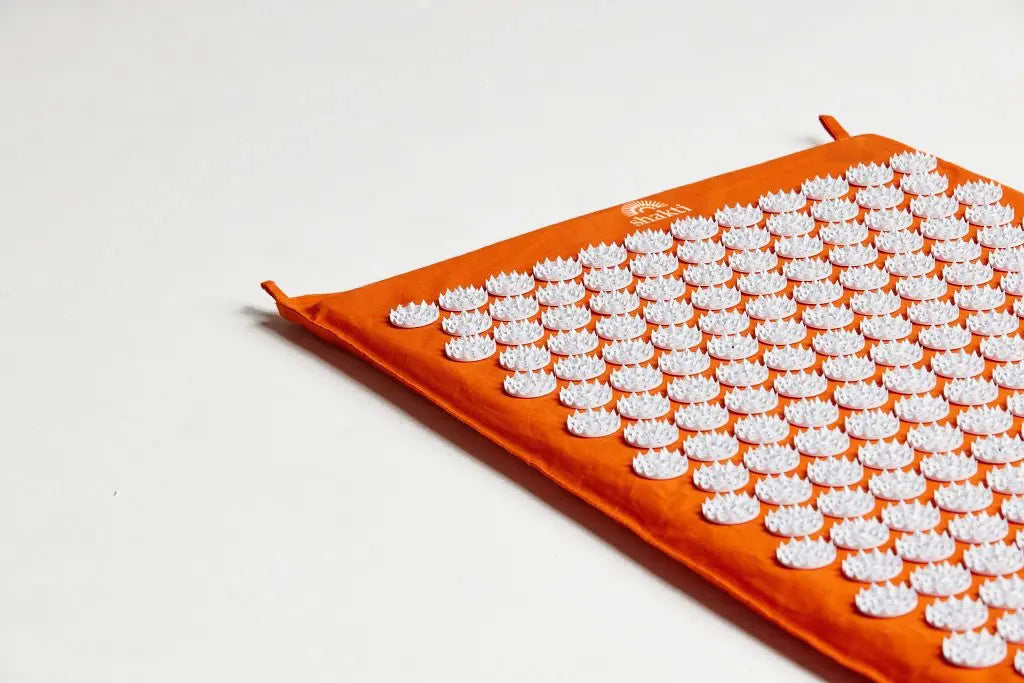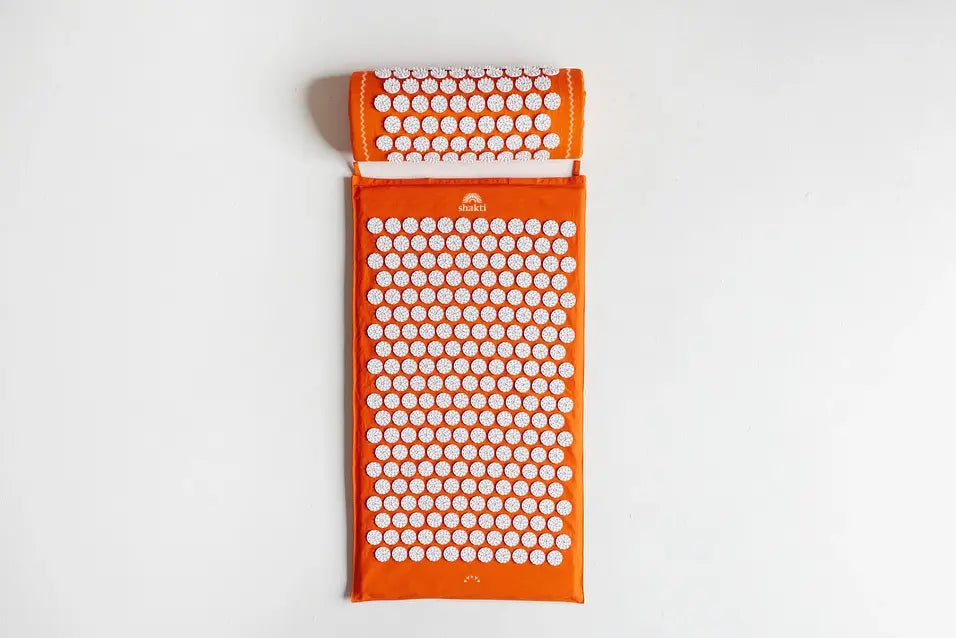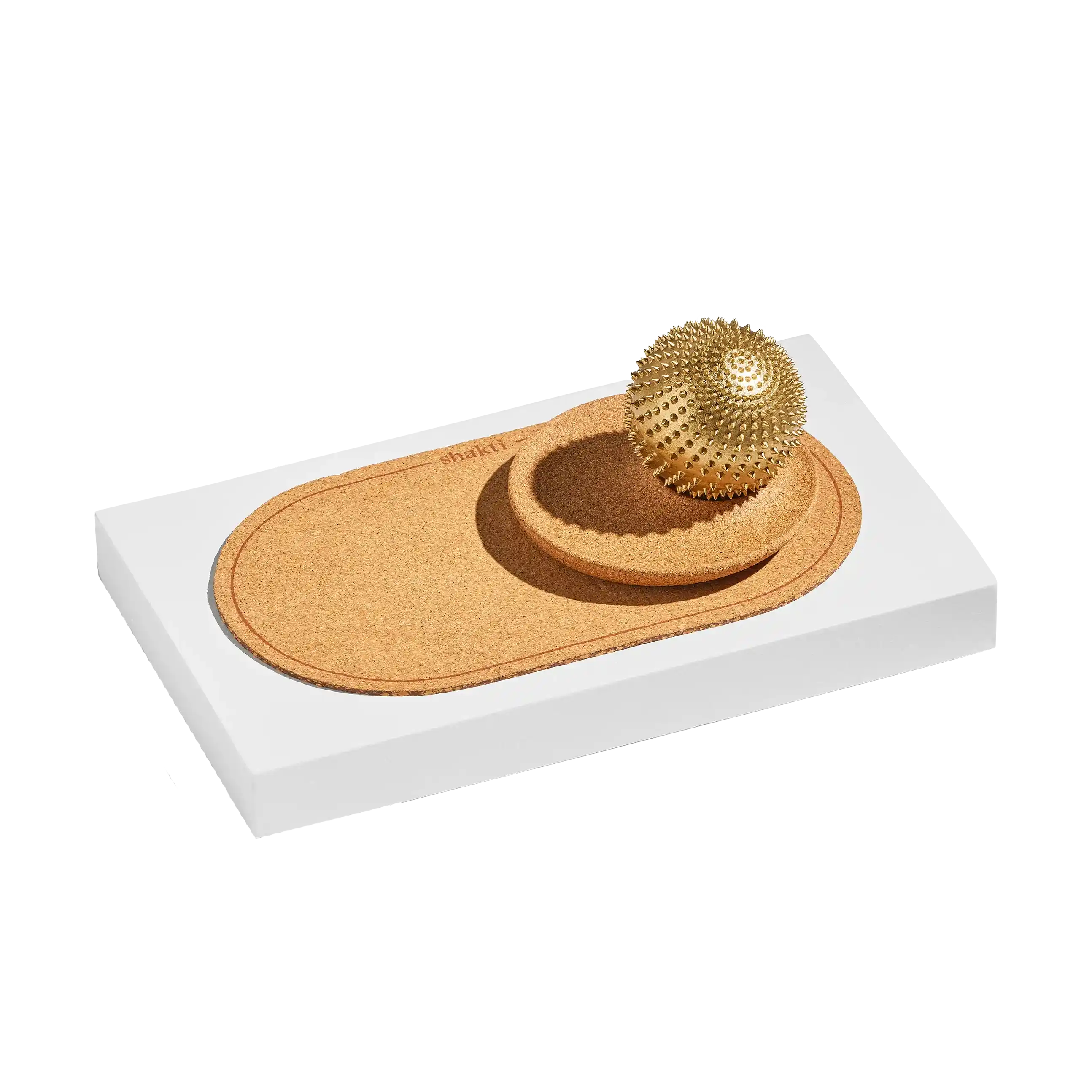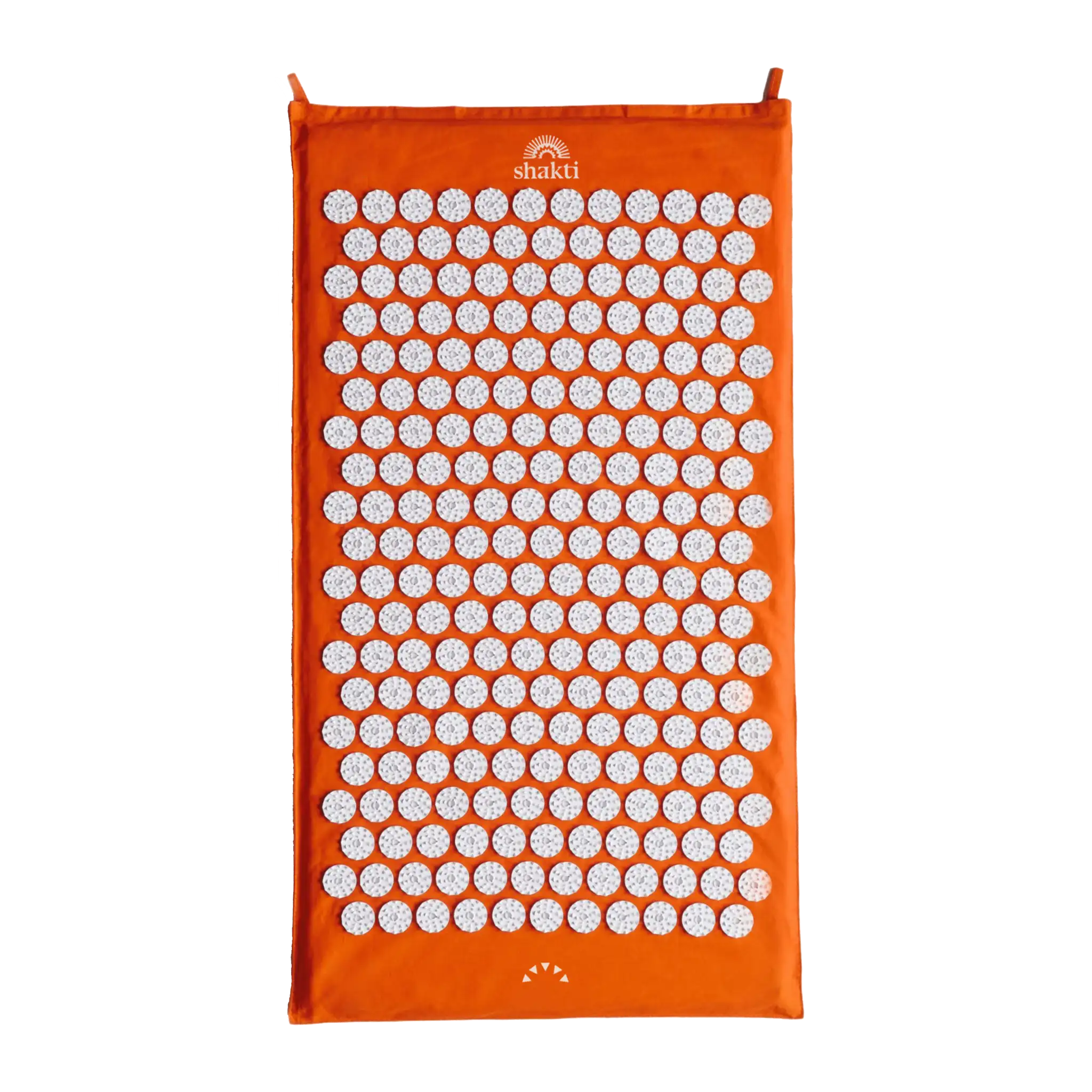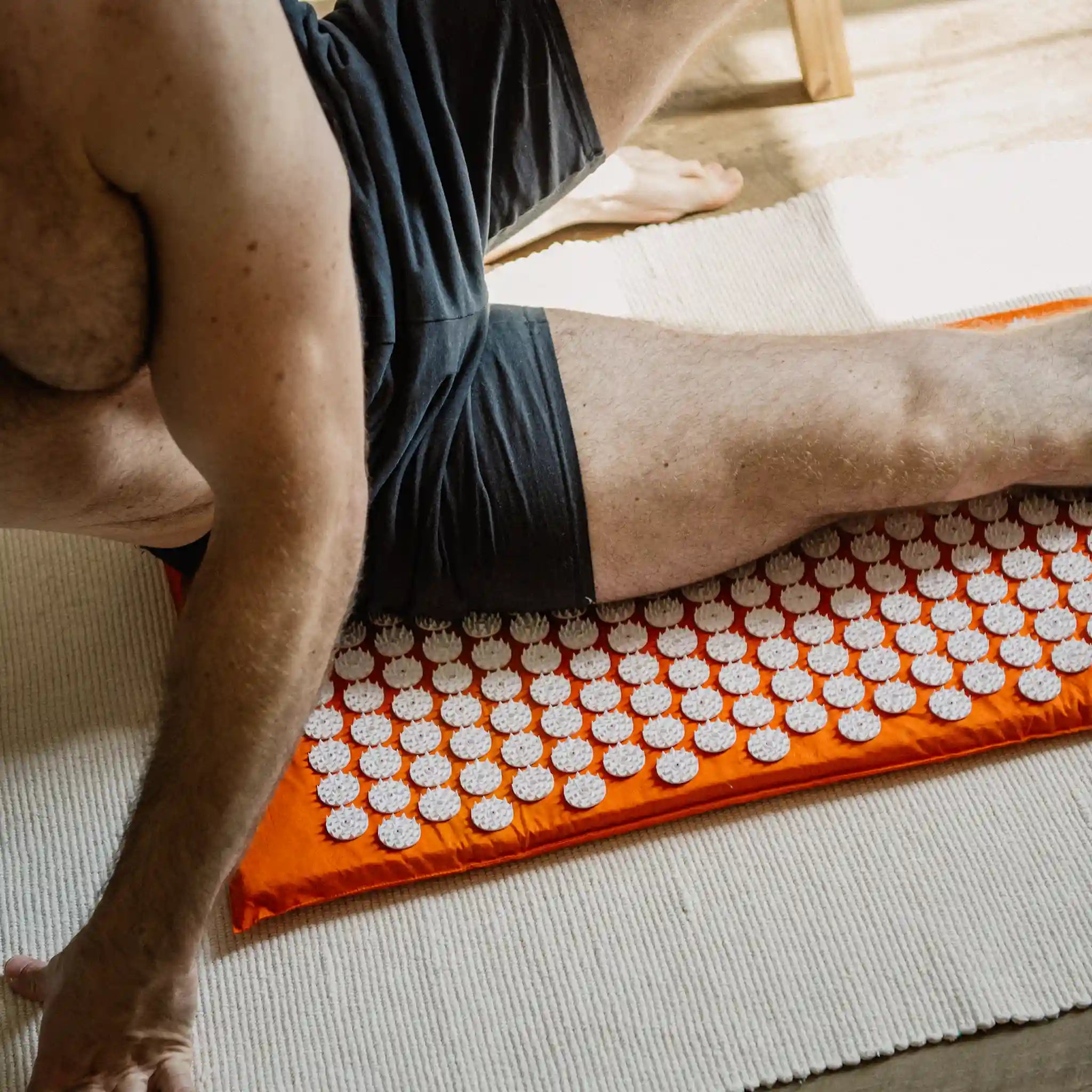Does your diaphragm hurt? To better understand your diaphragmatic pain, it's worth taking a closer look at the diaphragm and its function. What is it actually? In a nutshell, it is the main muscle that controls breathing. And whenever you experience symptoms such as breathing difficulties, pressure or pain when breathing, your diaphragm may be involved. The next question that naturally arises is: what is causing this pain? Possible causes range from muscle tension and poor posture to more serious health issues, with the first two being by far the most common.
We would therefore like to focus on these in the following. This is because there are various very effective approaches to (self-)treating diaphragmatic pain, particularly in the case of problems caused by muscle tension. Breathing exercises, stress management, good posture and regular exercise can help both acutely and preventively. We'll show you the best way to deal with the problem.
Content
1. you have pain in your diaphragm?
2. pain in the diaphragm: tension as the main cause
3. diaphragmatic tension: recognizing symptoms
4. stretching and relaxing the diaphragm: 3 suitable exercises
5th Next Step: All-round relaxation
6. diaphragmatic pain - what can you do to avoid it in future?
Do you have pain in your diaphragm?
The diaphragm separates the chest from the abdominal cavity and plays an important role in breathing. Pain in this area can have various causes. As already mentioned, muscle tension is the most common trigger, for example as a result of poor posture. However, other causes of diaphragmatic pain are also conceivable. The following list will give you a brief overview, but we would like to emphasize the following: If your pain lasts longer, increases in intensity or occurs with additional accompanying symptoms such as fever, then you should consult a doctor to clarify the exact cause and initiate appropriate treatment steps. Self-treatment only makes sense if you suspect muscular or posture-related reasons for your pain. Here are a few pointers to help you differentiate between the two:
-
Diaphragmatic inflammation: Symptoms here are usually pressing or stabbing pain in the chest area and breathing problems. This type of inflammation can be caused by infections or injuries, for example.
-
Diaphragmatic hernia: Here, part of the stomach enters the chest cavity through a gap in the diaphragm. This can lead to heartburn and pain.
-
Irritation of the phrenic nerve: Inflammation of the phrenic nerve can also cause pain.
- Pneumonia: Pneumonia can cause pain in the chest area that extends to the diaphragm.
- Gallstones: Stones in the gallbladder can cause pain that radiates to the chest area.
-
Gallbladder inflammation: Inflammation or problems with the gallbladder can also manifest as diaphragmatic pain.
-
Rib injuries: Injuries or fractures to the ribs are often painful over a large area and may therefore also be felt as pain in the diaphragm area.
-
Muscle tension: Overexertion or muscle tension in the diaphragm area can lead to pain. This can be triggered by intense coughing, sneezing or physical exertion. A permanently incorrect posture can also be the cause. And it is precisely these points relating to a tense diaphragm that we would now like to look at in more detail.
Caution: If you suffer from sudden, severe diaphragmatic pain in the chest and upper abdomen, combined with shortness of breath, palpitations, nausea and/or vomiting and a noticeable drop in blood pressure, you should call the emergency services as soon as possible. This is because, unlike tension, these are symptoms of a trapped diaphragm or a diaphragmatic hernia and are therefore an acute emergency.
Pain in the diaphragm: tension as the main cause
Tension as a cause of diaphragmatic pain can be triggered by various factors. On the one hand, it can be caused by excessive muscle tension or unusual strain. This can be encouraged by prolonged stress, emotional tension or incorrect breathing techniques. Poor posture, particularly in the upper body, can also lead to tension in the diaphragm. If you sit or stand in an unfavorable position for long periods of time, your muscles can become overloaded in some areas, while they atrophy in others. If there is a lack of compensatory movement, a noticeable imbalance develops over time.
But even seemingly "unimportant little things" can lead to overexertion and the corresponding pain, e.g. irregular breathing habits or very shallow breathing (due to fear, stress or encouraged by lung problems). Intense sporting activities, especially those that require intensive breathing, should also be mentioned here. Our tip for people who have diaphragmatic pain after exercise is therefore: check your breathing technique during exercise. But of course also: don't give up your sport, as this is an important balance. A lack of physical activity can lead to muscle weakness and tension, including in the diaphragm. Regular exercise supports flexibility and blood circulation in the muscles. It also makes you more resistant to stress and emotional strain, for example. These are also directly linked to muscle tension. You "cramp up", so to speak, under all the pressure that hits you every day - I'm sure everyone knows the feeling.
In addition to these more profound reasons for muscle tension, there are also very "banal" aspects to consider. For example, are you drinking enough? Because many people don't know this: Insufficient fluid intake can lead to muscle tension. The diaphragm is not exempt from this and dehydration can therefore promote diaphragmatic pain. Also often underestimated: smoking can impair the oxygen supply to the muscles and thus also promote the development of tension. So, if we're being completely honest after this summary of all the possible causes of muscle-induced diaphragm problems, then at least one is guaranteed to apply to everyone, right? But don't worry: we're about to show you what you can do to combat these tensions and therefore also the pain.
Diaphragmatic tension: recognizing symptoms
But first we would like to talk a little more about diaphragmatic pain. How exactly does it feel? Where exactly does it occur? A tense diaphragm can manifest itself through various symptoms and diaphragmatic pain. Important: When visiting a doctor, it is helpful if you can describe your pain as precisely as possible. It is therefore best to write down your symptoms in a diary. The following tips will help you:
-
Pain and pressure in the chest area: Tension can be perceived as a dull, pulling or pressing pain in the chest area. This pain can extend from the breastbone to the sides of the upper body.
-
Difficulty breathing: Pain in the diaphragm area may even affect your normal breathing movement, causing you to have difficulty breathing in and out, possibly accompanied by a feeling of breathlessness.
-
Diaphragmatic pain that worsens when you breathe: The symptoms can also worsen when you breathe in or out. This can lead to very shallow breaths to minimize the pain. Unfortunately, this will cause you to cramp up even more in the long term.
-
Diaphragmatic pain when coughing or sneezing: Coughing or sneezing is extremely painful if your diaphragm is tense. So you try to suppress it, but this leads to further cramping and discomfort in the long term.
-
Pain that worsens with movement: Certain movements, especially those that strain the upper body, can also increase diaphragmatic pain, such as twisting movements or lifting heavy objects.
-
Diaphragmatic pain that radiates to the back: The pain may originate in and around your diaphragm, but may well extend into your back, particularly between your shoulder blades. This radiating pain is characteristic of diaphragmatic tension.
-
Tension caused by stress or tension: Stress and emotional tension can trigger tension, so to speak. The pain is then particularly noticeable in stressful situations or during emotional stress.

Stretch and relax your diaphragm: 3 suitable exercises
It is important to note that the diaphragm is a muscle that contracts and relaxes when you breathe. While it is not directly stretchable like other muscles, certain breathing and relaxation exercises can help to relieve tension and improve the general function of the diaphragm - as a home remedy, so to speak. We have summarized three easy exercises that you can easily integrate into your everyday life. The first two exercises also promote deep breathing and strengthen your breathing muscles. Our recommendation: do the exercises as regularly as possible, for example first thing in the morning in bed to start the day, perhaps again to relax during your lunch break and in bed at the end of the day. You'll soon realize how good it feels ... so let's get straight to it:
Diaphragmatic breathing
Sit upright or lie comfortably on your back. Place one hand on your chest (near your diaphragm) and the other on your stomach. Breathe in deeply through your nose so that your belly expands and your hand rises on it. Let the air out slowly through your mouth as your belly lowers again. Concentrate on directing your breathing deep into your abdomen instead of breathing shallowly into your chest.
Relaxing breathing exercise while lying down against diaphragmatic pain
Lie on your back, perhaps with a small support under your head. Close your eyes and breathe calmly and relaxed. Concentrate on your breath and try to exhale consciously. Imagine how your belly fills with air and relaxes as you exhale. Let go of all tension in your abdomen and cramps in your diaphragm.
Progressive muscle relaxation
Sit or lie down comfortably and close your eyes. Concentrate on different muscle groups in your body, starting with your toes and working your way up to your head. Tense each muscle group for about 5-10 seconds and then consciously release the tension. Breathe out deeply as you release the tension. Repeat the process for each muscle group. Progressive muscle relaxation aims to systematically relax all muscle groups in the body. This can also help to reduce tension, especially when stress is a factor.
Next Step: All-round relaxation
Now we would also like to give you a few general tips for a relaxed body from head to toe. Because if your diaphragm is tense, there is probably tension in other areas too. Have you ever thought about how an acupressure mat could change this quickly and easily? It not only offers you a way to relax, but can also be a real boon for your entire body. Imagine coming home after a hard day, lying down on this mat and feeling gentle pressure points loosening your muscles. It's like a mini-massage that's available to you at any time.
And how exactly does it work? Quite simply, the acupressure mat works with the principles of traditional Chinese medicine by acting on specific acupuncture points. This can not only relieve tension, but also promote blood circulation and harmonize the energy in your body. The small needles on the mat stimulate your skin and encourage the production of endorphins, the body's own happiness hormones.
The result? A feeling of relaxation, calm and relief that you can easily conjure up. Place the mat on your bed or on the floor, make yourself comfortable on it and treat yourself to this soothing time-out - perhaps in combination with our three relaxation exercises from above, a short thought journey or meditation. This way, you pamper your body and mind at the same time. A few minutes a day can make an amazing difference. Try it out and feel how the tension eases and you feel lighter and more energized. Your body will thank you - and soon you won't want to be without your acupressure mat. Our tip: As a beginner, choose a mat with as many spikes as possible, as your body weight will be distributed more gently. Over time (and as you get used to it), you can switch to an acupressure mat with fewer spikes and at some point perhaps even to a mat with very few spikes in order to enjoy a more intensive effect.

Diaphragmatic pain - what can you do to avoid it in future?
Preventive measures to protect against diaphragmatic pain are easy to implement and therefore definitely a sensible thing to do. They take little time and not only protect you from unpleasant pain in the chest area, but usually also contribute to your general well-being. So what's stopping you from integrating a few of our top 10 tips into your everyday life?
- Breathe properly: Learn to breathe deeply to support optimal diaphragmatic function. Appropriate breathing exercises (see above) can help to strengthen your muscles and prevent tension.
-
Keep upright: Make sure you maintain good posture, especially when sitting. Avoid leaning back excessively or sitting on one side, as this can contribute to tension.
-
Don't give stress a chance: practise stress management, as stress can increase tension throughout the body. Meditation, yoga or progressive muscle relaxation (see above) can help to reduce stress.
- Move more: Plan regular exercise to promote blood circulation, strengthen your muscles and prevent tension. Choose exercises that engage your respiratory muscles, such as aerobic activities or yoga ... or simply sports that you enjoy.
-
Drink regularly: Drink plenty of fluids, as good hydration supports muscles throughout the body. Dehydration can contribute to muscle tension.
-
Get enough sleep: Choose a sleeping position that does not put unnecessary strain on your back and diaphragm. A supportive mattress and an appropriate Pillow can help to maintain a neutral spinal position.
- Take care of your back: Make sure you lift and carry correctly, especially when lifting heavy objects. Use a technique with bent knees and a straight back to avoid straining your back and diaphragm.
-
Sit ergonomically: Make sure your workstation is ergonomically designed if you have a desk job. The correct sitting position and the arrangement of the keyboard and screen can help to minimize tension.
-
Prepare your body for exertion: Warm up properly before engaging in intensive sporting activities. An effective warm-up can protect your muscles from overloading.
-
Watch out for warning signs: Act early if you notice the first signs of diaphragmatic pain. Avoid ignoring pain and seek medical advice if necessary.



